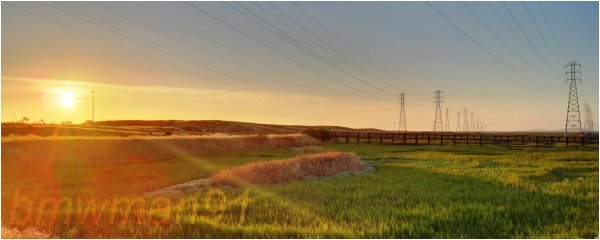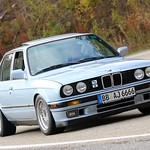Originally posted by 4tDX
View Post
If you do use speaker level outputs, obviously use a level converter or find an amp with built-in conversion (I vote for the latter, it's one less piece of hardware that way). Run the signals with some twisted pair cat5/6 cable, with each channel occupying a twisted pair (so front left + and front left - on one twisted pair, front right + and front right - on another, etc). It is a pseudo-differential signal, and the twisted pairs help a lot with ensuring that all the EMI the lines pick up is common-mode which will then be rejected at the other endpoint.
At this point, I would go with whatever option looks the most OEM, because sound quality on basically all head units is going to be about the same. I have taken apart a ton of them, and they all use the same components (not terrible, not great, just OK for the application). Literally everything you read in the specs for head units is marketing BS and just ignore any and all numbers you see because they are either lies or just don't matter. Also consider sound deadening the entire cabin (floor, doors, rear quarters, sunroof, rear bulkhead, etc). That is going to do more for your signal-to-noise ratio than anything. I recommend Damplifier by Second Skin, followed by a covering of 1/8" thick closed cell foam. That's what I did before my build and it was a solid choice.
Here are some bad ideas for you to noodle on lol.
Original build:
Updates to build:
(it may be possible to retrofit one of my pre-amp boards to the Continental HU, but I'd need to see the internals first, if you are interested)




Comment